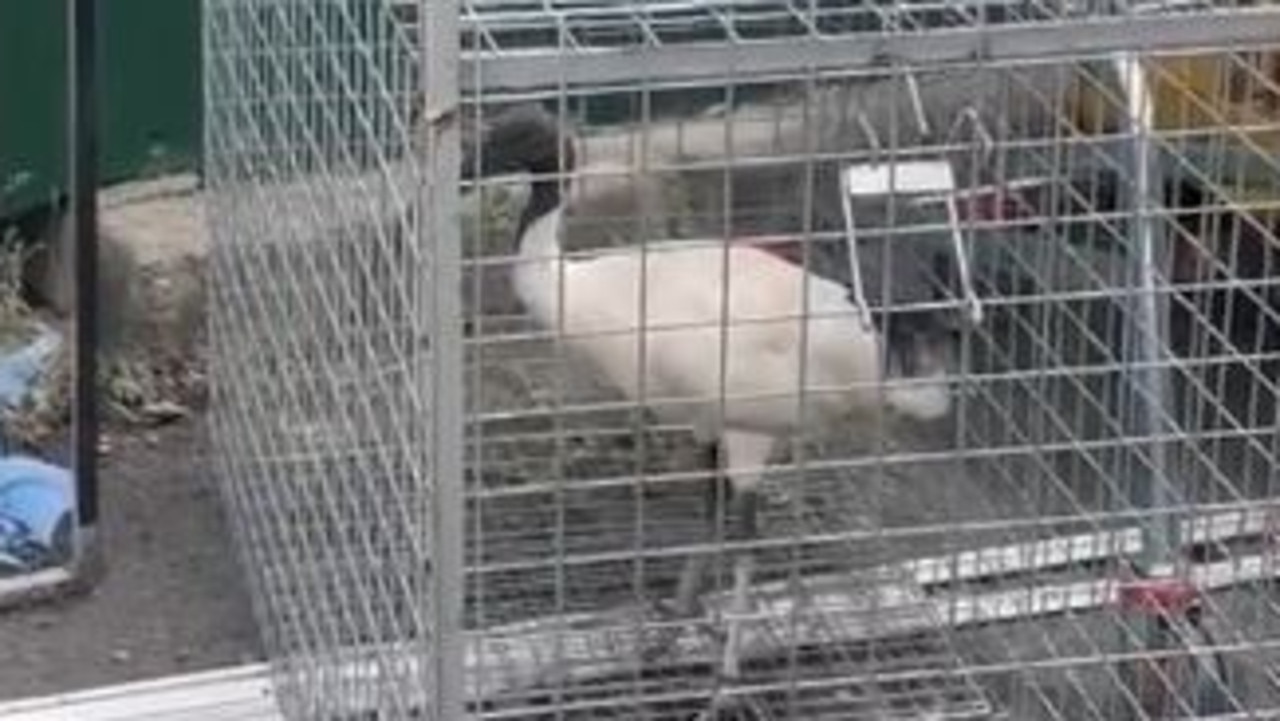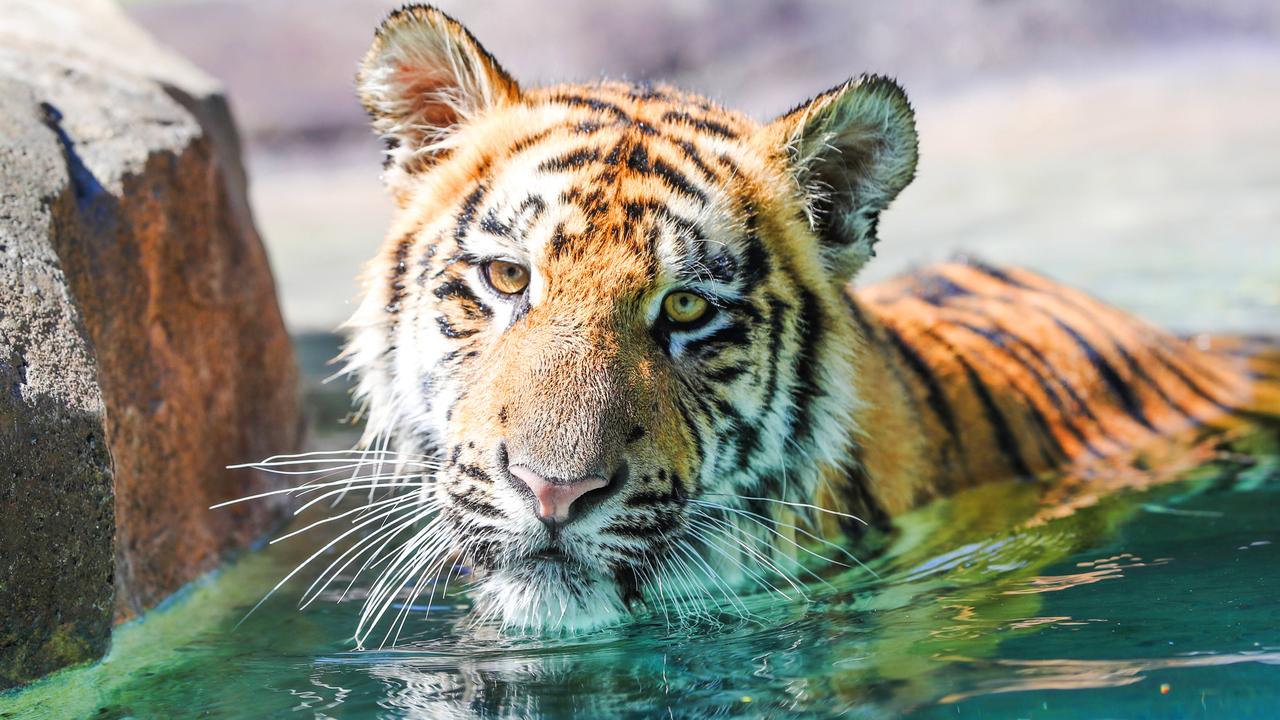Hare Rescue takes in another two baby hares, talks about combating capture myopathy
They’re cute and have ears too long for their heads, but don’t even think about giving these adorable babies a cuddle if you find one orphaned. Here’s why.
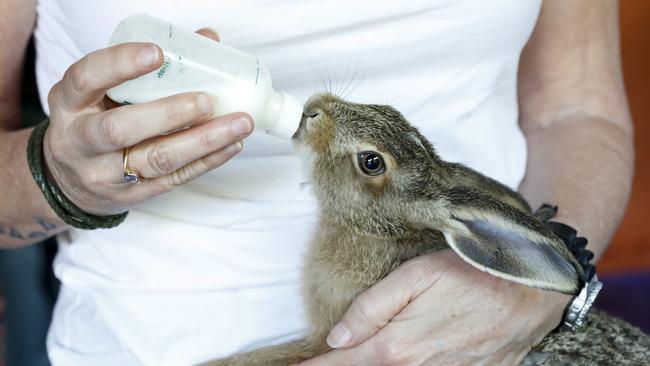
Pets & wildlife
Don't miss out on the headlines from Pets & wildlife. Followed categories will be added to My News.
YES, it has long ears. No, it’s not a rabbit.
These baby hares, called leverets, are Mt Tamborine-based Hare Rescue’s latest additions.
Named Thelma and Louise, the pair were driven all the way from Caboolture in a three-hour mercy dash after their mother was run over by hoons.
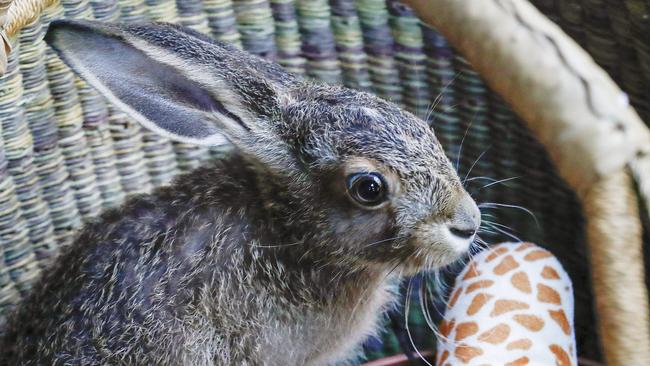
David Kingston, who runs the rescue, said the leverets were lucky an experienced carer initially found them — otherwise they would be dead. Baby hares are so fragile they must be seen to as soon as possible because they easily die from stress.
WHY HARES MAKE ‘TERRIBLE’ PETS
MEET WOMAN WHO SOLD HER QUEENSLAND HOME TO GET PET BUNNY IN NSW
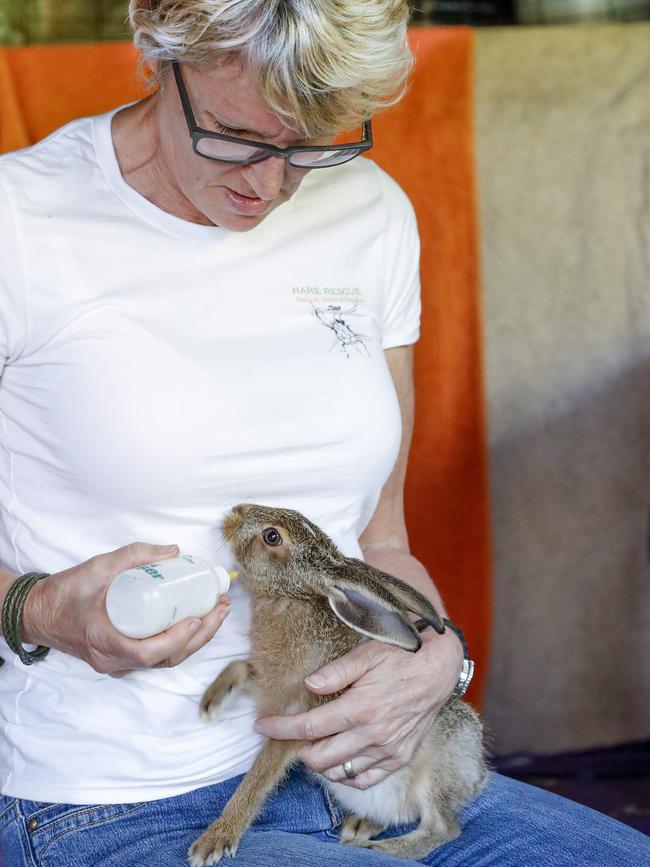
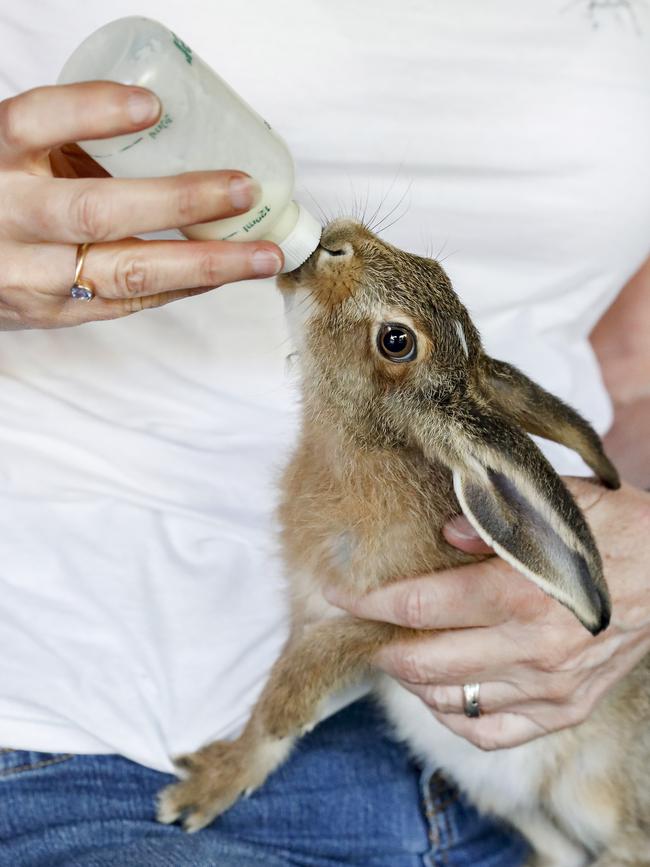
“Capture myopathy, which also affects our native wildlife, kills them,” Mr Kingston said.
“We’re trying to educate the public that when they find them, they need minimal handling.”
The leveret should be placed into a quiet, dark container without any food or water and an experienced group such as Hare Rescue called.
GET FULL DIGITAL ACCESS FOR 50C A DAY
Contrary to popular belief, hares are not a declared pest species. Hares only breed four times a year and have up to four leverets. They do not burrow and only have a 10 per cent chance of survival, unlike rabbits, which have about a 90 per cent survival rate.
Mr Kingston said it was easy to tell a rabbit apart from a hare — hares have black tips on their ears. He said once the hares weigh at least 1.5kg, they can be released. Mr Kingston said few hares stay with their carers because they make terrible pets.
Since the end of September, Mr Kingston has rescued 12 hares, eight from the Gold Coast area. He expects the number to double in the coming months.

